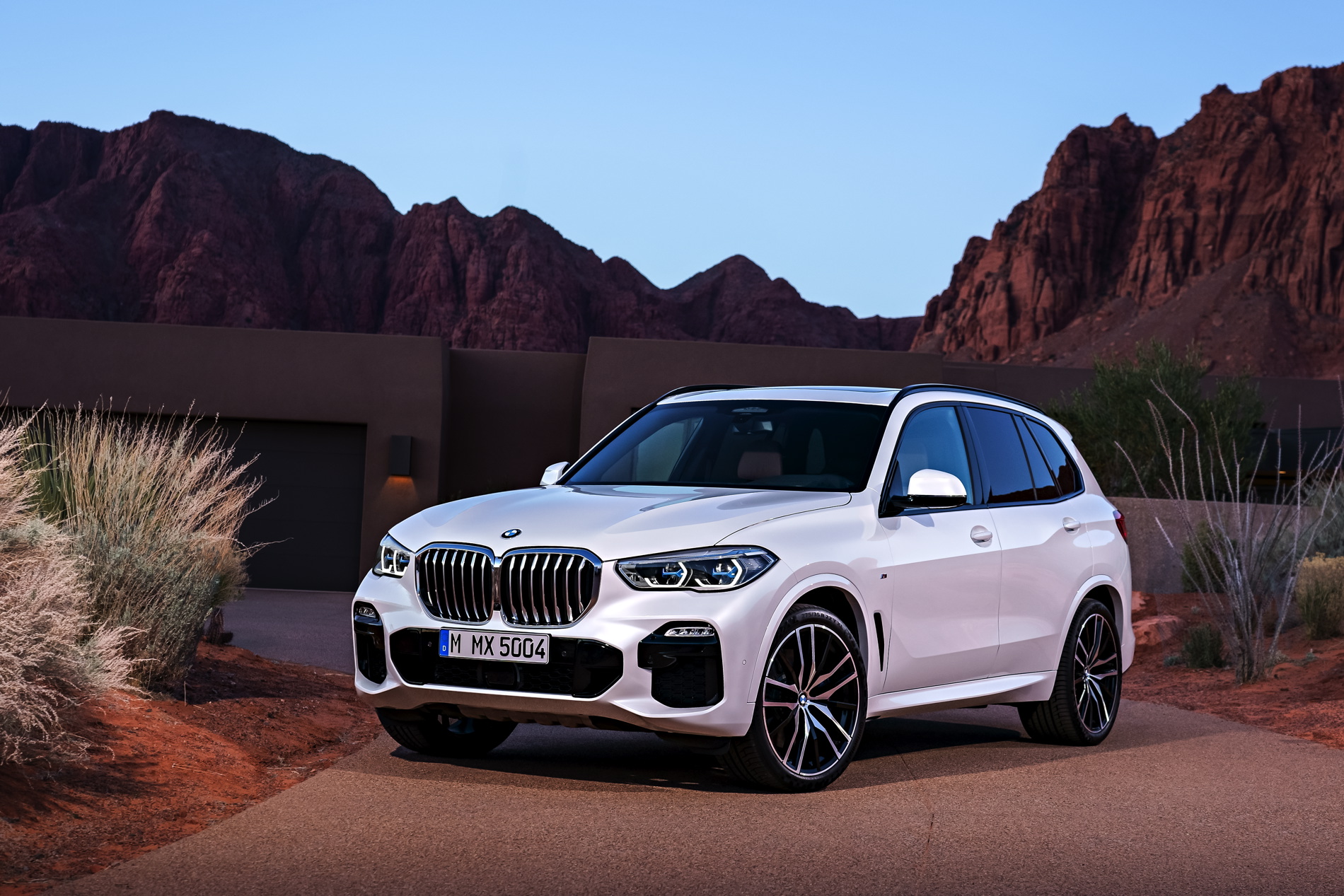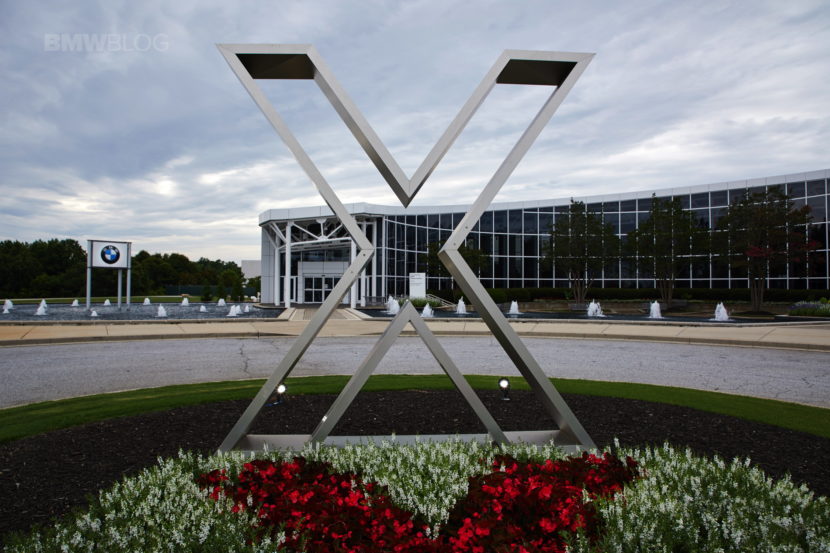BMW USA announced today that the Spartanburg plant in South Carolina is making the final preparations to kick off the production of the latest iteration of the BMW X5. The Spartanburg plant is the largest the BMW Group has worldwide, having received investments of over $400 Million over the last few years, to expand the production capacity to over 450,000 units per year, besting the previous king of production for the Bavarians, the Dingolfing plant.
The Spartanburg plant was launched over 20 years ago and has continuously grown over time, today being the one place where all BMW X SUVs based on the CLAR platform are being made. That means only the X1 and X2 crossovers aren’t built here as they use the UKL platform and need different assembly lines. The South Carolina facility will be responsible of the making of the BMW X5 starting this summer too, the fourth generation writing a new page in the history books for the original SAV (Sports Activity Vehicle). This proves the important role the manufacturing plant plays not only in the BMW Group’s organization but also locally, in the US economy, things that might change if the trade war everyone speaks of today becomes a real thing.
Since its launch, the BMW X5 was sold in over 2.2 million units worldwide. In the US, for example, it was deemed one of the top three best selling BMW models every year since 2001, showing the appetite American customers have for premium SUVs. The G05 model will be the tenth X SUV to be made in Spartanburg since it first started making cars in 1994. The success X models recorded worldwide made the BMW Spartanburg plant the single largest exporter of automobiles by value in the USA. Furthermore, BMW U.S. purchasing of parts and materials for production at the Spartanburg plant totaled nearly $6 Billion (USD) in 2017 from more than 300 U.S. supplier companies.
Since the introduction of the original BMW X5, two of every three vehicles produced were exported for sale to customers outside the US. When considering the Spartanburg-built X3, X4, X5, and X6 together, more than 70 percent of the annual production is shipped to export markets. This all came with a large increase in workforce, the plant going from just 500 employees in 1994 to over 10,000 today and some more expected to join the team by 2021. That’s not all though, as a study done by the University of South Carolina found that for every 10 jobs over at the BMW facility an additional 90 auxiliary jobs are created in adjacent fields.






































































